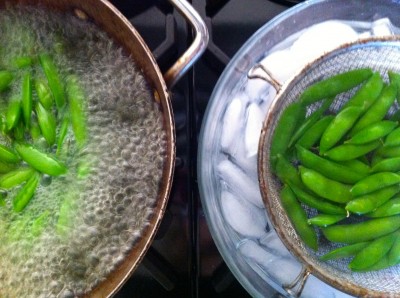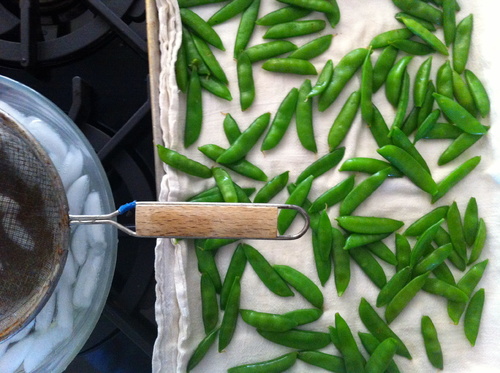It’s easy! Just take your pick…of any one of these containters. From which will come a most fabulous vinaigrette. It’s really just about the tool.
To make a simple vinaigrette you must emulsify two unlike ingredients an acid (liquid) & a fat (liquid). To do this isn’t such a trick as you might think. The traditional way, which all chefs learn, is to use a bowl and whisk. That takes some elbow “grease”. For a gadget person the best tool would be to use an salad dressing shaker. The design alone is super hip. Another would be to mix up a mess of the vinaigrette in a squirt bottle. Oh yeah! Just a little squirt here and there. A yesteryear tool your grandma or mom may have used is the mason jar. Which makes you the new glass fashionista vinaigrette mixologist!
Sure I’ll use any of these - and have. Obviously, I have them all. But my ultimate favorite emulsifying tool for a vinaigrette is 2-Cup plasticware container. I know your eyeing it over there in the picture. And you may just be saying to yourself, “Really? Huh?” It’s true! I can’t help myself. Here’s why. It’s full-service. You make your vinaigrette in the container, snap the lid, shake, shake, shake vigorously over the sink, gently pour (as much as you need) out of the container onto your salad, snap the lid back on and pop it in the fridge to store for later. It’s also a space saver in the fridge as it is small and stackable.
So there you have it. Perhaps a little surprising but this chef’s favorite emulsifying tool for a vinaigrette is a little plastic container. A tool, and I’m just speculating here, that’s already right there in your “tupperware” drawer or cupboard. Am I right? And there’s the Tuesday Tip.







